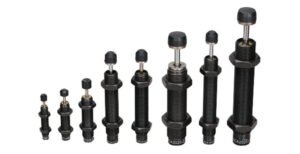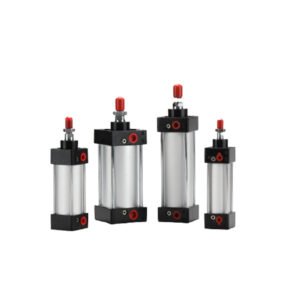Compact Aluminum Cylinders: Safe & Efficient.
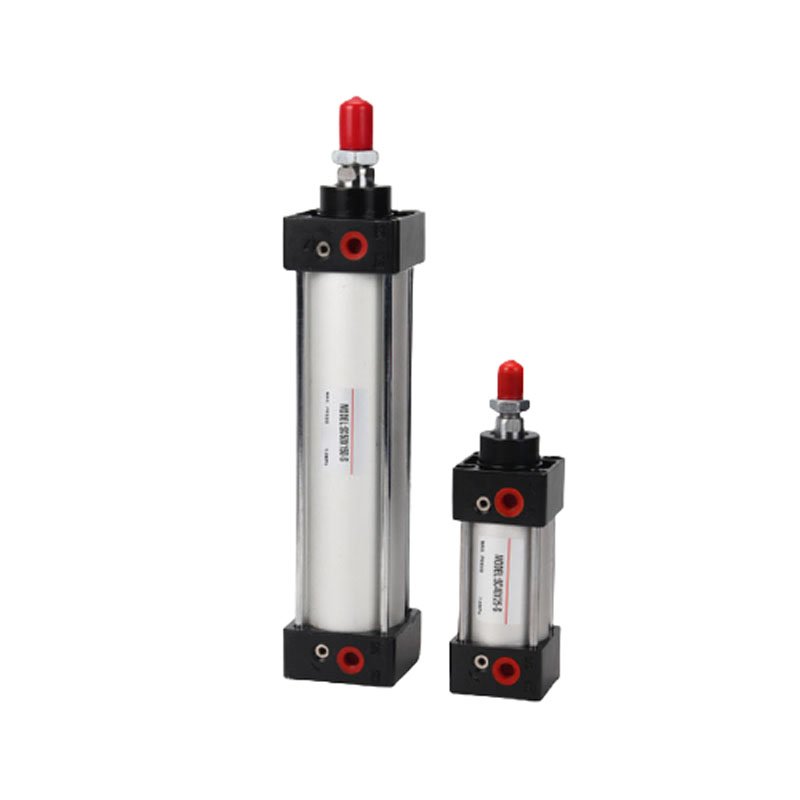
Discover how a compact aluminum cylinder ensures safe and reliable operation. Learn about its key features like robust construction and integrated safety.
Want to learn more about our products? Click here!
How a Compact Aluminum Cylinder Works Safely and Efficiently
In today’s demanding automation and machinery, space is at a premium. This is where the compact aluminum cylinder shines, offering powerful linear motion in a small, lightweight package. But how does such a compact device ensure safe and reliable operation under constant pressure and movement? The answer lies in a smart combination of material choice, robust engineering, and integrated safety features. Let’s explore the key aspects that make these cylinders a safe choice for countless applications.
Robust Construction with Lightweight Aluminum
The primary reason for using aluminum in a compact aluminum cylinder is its exceptional strength-to-weight ratio. Aluminum alloys provide significant structural integrity to withstand high internal pressures, while being much lighter than steel. This lightweight nature reduces the overall load on the machine structure and makes installation easier. Furthermore, aluminum offers excellent natural corrosion resistance, which increases the cylinder’s lifespan and maintains its safety in harsh environments without needing heavy coatings. The body itself is a first line of defense.
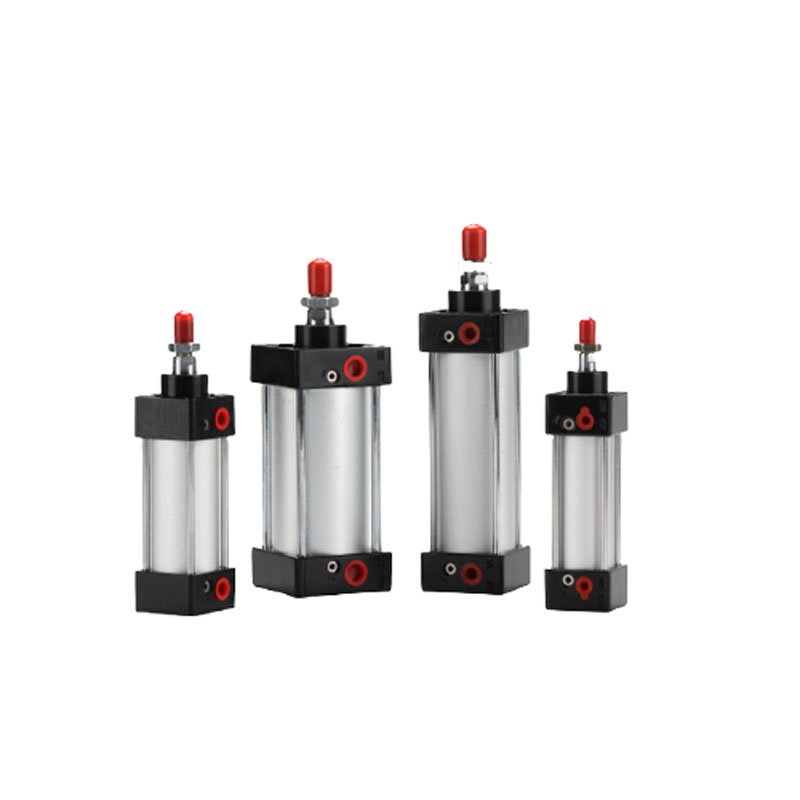
Integrated Piston Rod and Sealing System
The core of the cylinder’s operation involves a precision-machined piston rod moving smoothly within the barrel. Safety here depends on the integrity of the sealing system. High-quality seals, made from materials like polyurethane or nitrile rubber, contain the compressed air and prevent leaks that could lead to a sudden loss of pressure or unpredictable movement. A robust piston rod, often hardened or chrome-plated, resists wear and bending. This combination ensures that the force is transmitted accurately and predictably, cycle after cycle, preventing failure.
Built-in Cushioning for Controlled Movement
One of the most critical safety features in many compact aluminum cylinders is built-in cushioning. At the end of the piston’s stroke, it can generate significant impact force. Cushioning, typically adjustable, works by restricting the airflow at the end of the port, creating a cushion of air that gently decelerates the piston. This controlled deceleration prevents metal-on-metal impact, which reduces noise, minimizes vibration, and most importantly, protects the cylinder and the overall machine from damage. This results in a smoother, safer, and more reliable operation.
End-of-Stroke Detection and Monitoring
For advanced safety, especially in complex automated systems, many compact cylinders can be equipped with sensors. Magnetic piston models allow for the mounting of external sensors that detect the cylinder’s position. This provides real-time feedback to the control system, confirming whether the cylinder has fully extended or retracted. If a cylinder fails to reach its expected position, the control system can trigger an alarm or safely shut down the process, preventing potential jams, collisions, or product damage. This adds a crucial layer of operational intelligence and safety.
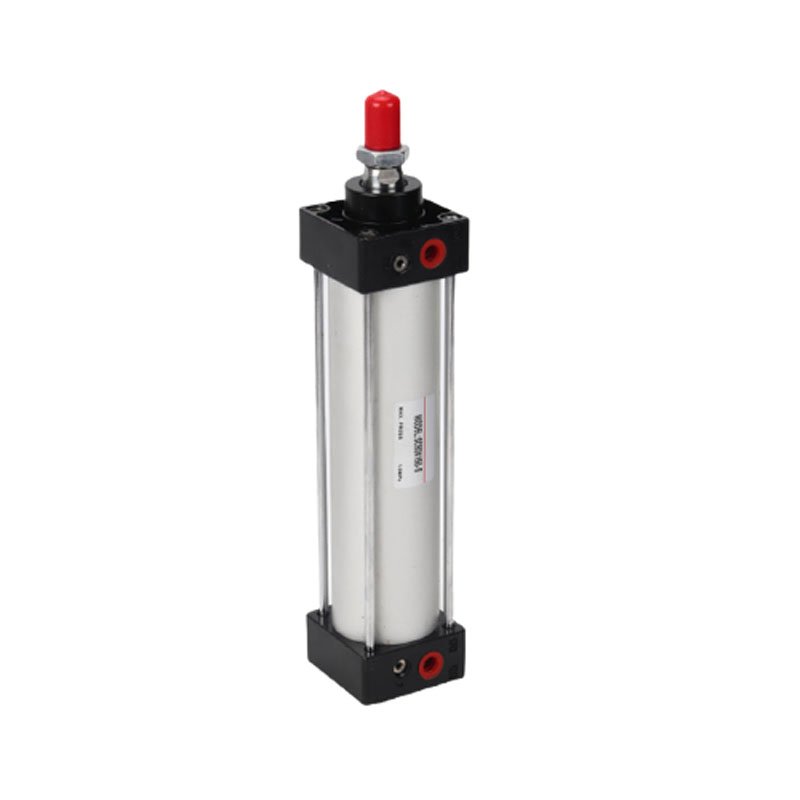
In summary, the safety of a compact aluminum cylinder is not a single feature but a system. It starts with the durable aluminum body, relies on precision seals and a strong piston rod, is enhanced by built-in cushioning, and can be elevated with sensor technology. Together, these elements ensure that these powerful, space-saving components perform their duties reliably and safely, making them a trusted component in modern industrial design.
Tex/Fax: 0086-577-62840011
WhatsApp: 0086-13355775769
#Compact Aluminum Cylinders #Cylinder

